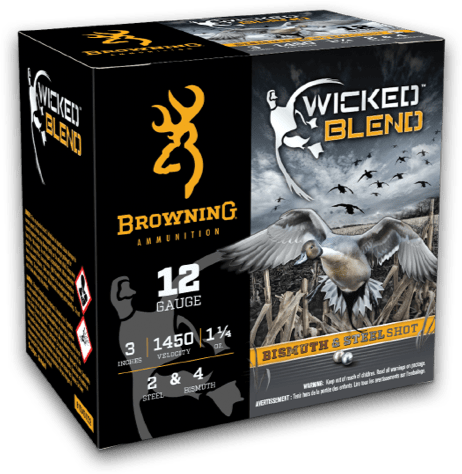Stung by a Hornet
All cartridges are, with apologies to George Orwell, interesting; but some cartridges are more interesting. In my opinion. One of the more interesting classes of cartridges for me are the high-velocity centerfire 22s. That’s a bit of a misnomer with the 22s spanning diameters from .228-inches in the 22 Savage High-Power, down to .224 in the 220 Swift, 22 Hornet, 223 Remington, 22-250 Remington, and 222 Remington, with the father of the bullet, loaded today in the 22 Long Rifle (LR), a rimfire, .2255 in diameter. Setting aside the 22 LR, across the sweep of these calibers, there is likely an ideal one for the hunter-shooter who wants a step up from the 22 Winchester Rimfire Magnum, have the of capability of extreme range, mild recoil, and a lighter-weight rifle.
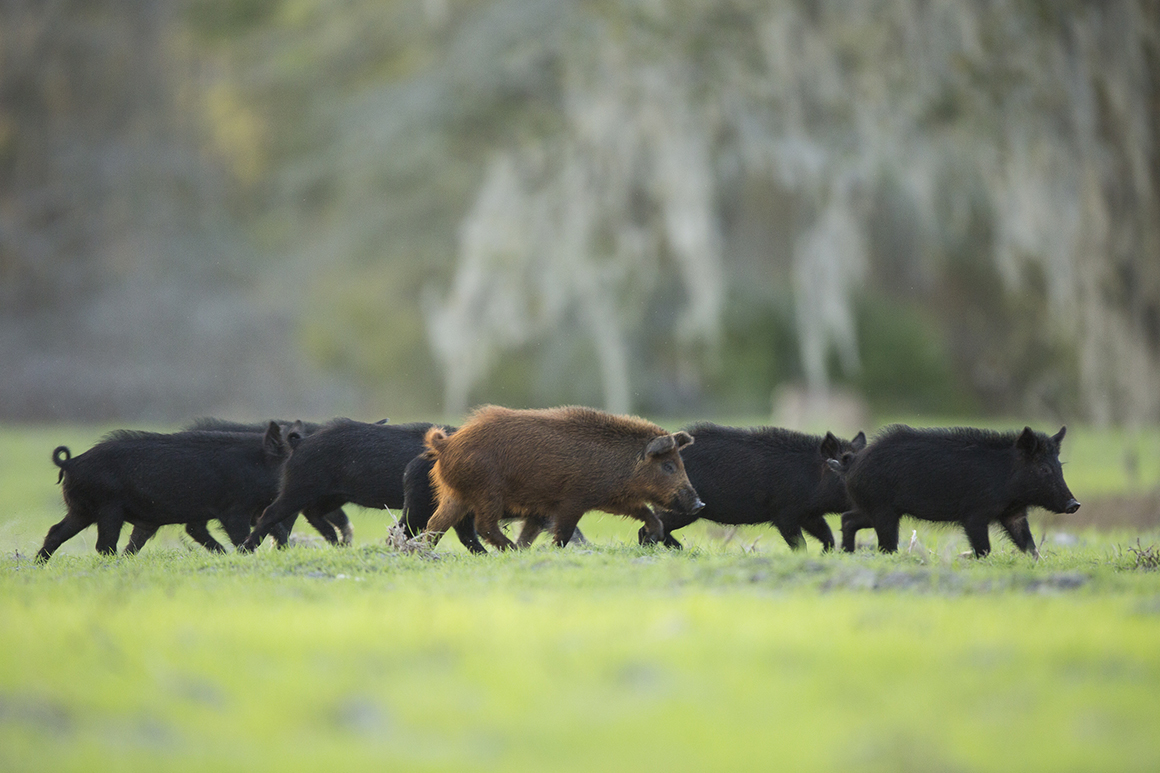
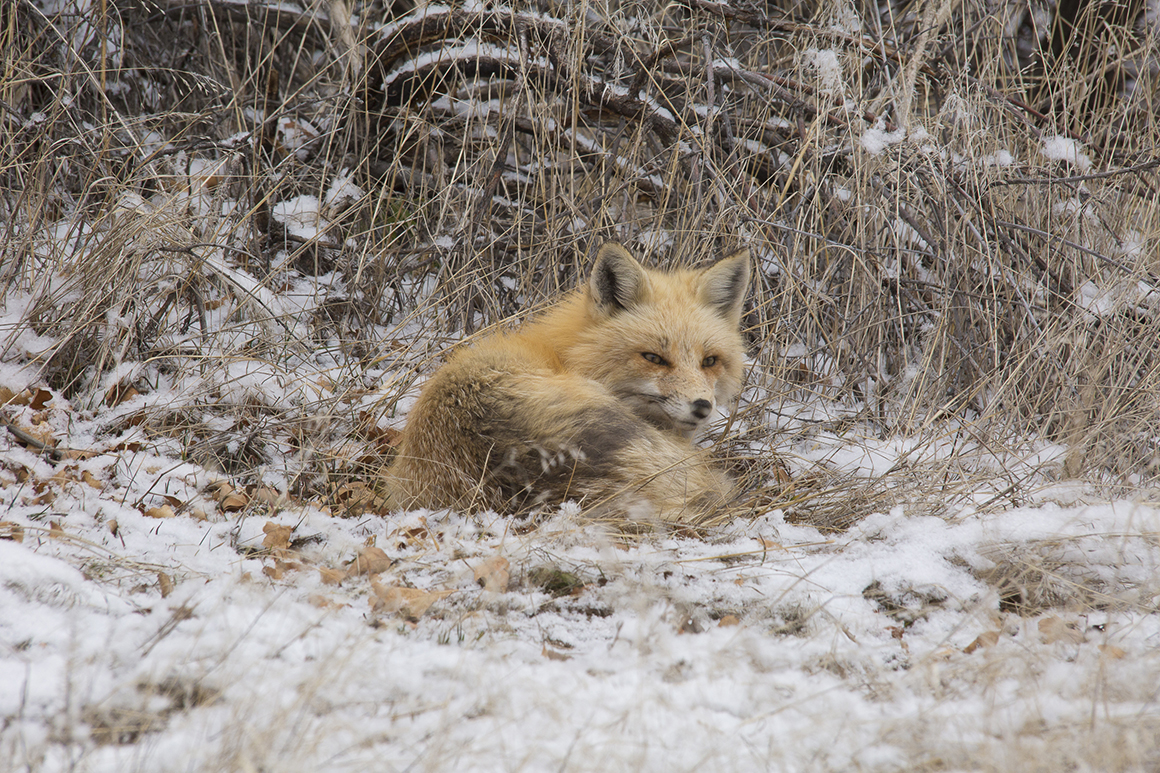
With the high-velocity 22s the need for a jacket to surround the lead became clear. When propellent went from blackpowder to cordite, velocities shot up, and bullets stripped lead into the rifling grooves, turning the rifle into, effectively, a smoothbore. It was long known, of course, that copper had a melting point three times that of lead. Around 1880 a process was developed to take a round blank from a strip of copper, draw it out into a cup, into which the lead could be swaged, swej-ed, essentially pressing the lead into the jacket.
The first supersonic jacketed 22 was the Savage High-Power, now obsolete, firing a .228-diameter 70 grain bullet at 2790 feet per second (fps). Brought out in 1912, the High-Power gained widespread fame from the stories of Christian missionary, the Reverend H.R. Caldwell, who told of killing Chinese tigers with it. The famed, for some the infamous, professional African ivory hunter, W.D.M. “Karamojo” Bell, reported killing a buffalo in West Africa with a High-Power and held the Swift up as an ideal stalking rifle in Britain for red deer. (cf., “hydrostatic shock”). In time, the romance cooled, without completely dying.
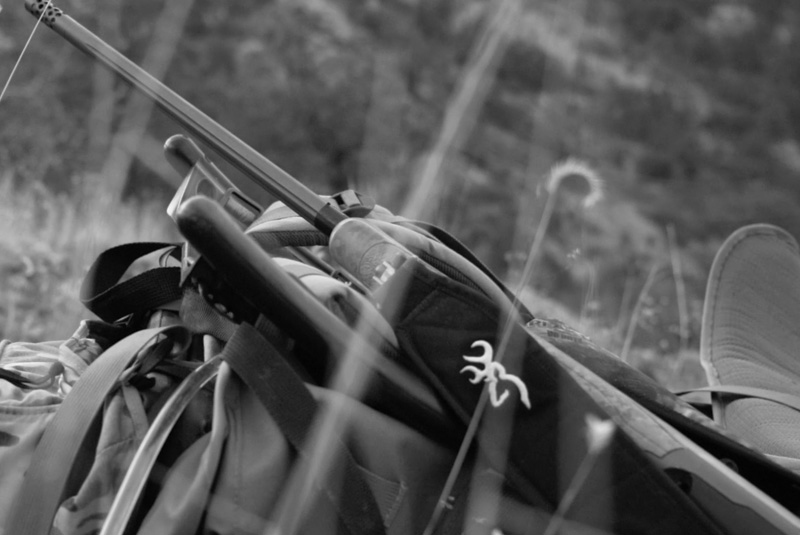
A friend came into possession of a bespoke double rifle built for an Indian maharajah in 22 High-Power. On one of the side plates was a particularly fine engraving of a blackbuck. He could look at it only so long, until the idea became fixed that he ought to use it for what it was made for. Calling up a well-known outfitter in the Texas Hill Country, he found himself on a low-fence ranch with a healthy herd of wild antelope. The outfitter was not much taken with the High Power, knowing how hardy the little 80-90 bucks can be. But as a buck came into range, the hunter, set up with the guide on the ground behind a midden pile, where bucks left their droppings to mark their territories, raised the rear 100-yard leaf sight and held on the antelope’s midline, just behind the shoulder, thumbed off the tang safety, and pressed the rear trigger, the buck going down like a card table folding. Inspired, I went with the same outfitter to the same ranch and dropped a genuine trophy buck where he stood, with a single-shot 220 Swift, the long black horns seeming to untwist through the air as it fell.
One of my favorite high-velocity 22s is the Hornet. Any cartridge known by a one-word name (Swift, Roberts–you can call it “Bob–and the Hornet) seems to have an honorific affixed to it, like the names of monarchs: Henry, Louis, Elizabeth. Semi-rimmed, the Hornet feeds well though a box magazine. It’s origins were in the military’s Springfield Armory, the cartridge coming onto the market in 1930. It is not a notably long-range varmint cartridge or one well-suited for big game; but with Browning BXV loads you have great rifle for small game, especially around a hunting camp, where the noise of a shot is not overwhelmingly disturbing. In World War II fighter pilots were issued a bolt-action 22 Hornet survival rifle with a collapsible stock to use if they had to bail out or crashed landed, many lives no doubt saved as airman lived off the land with their Hornets and made their way out of enemy territory.
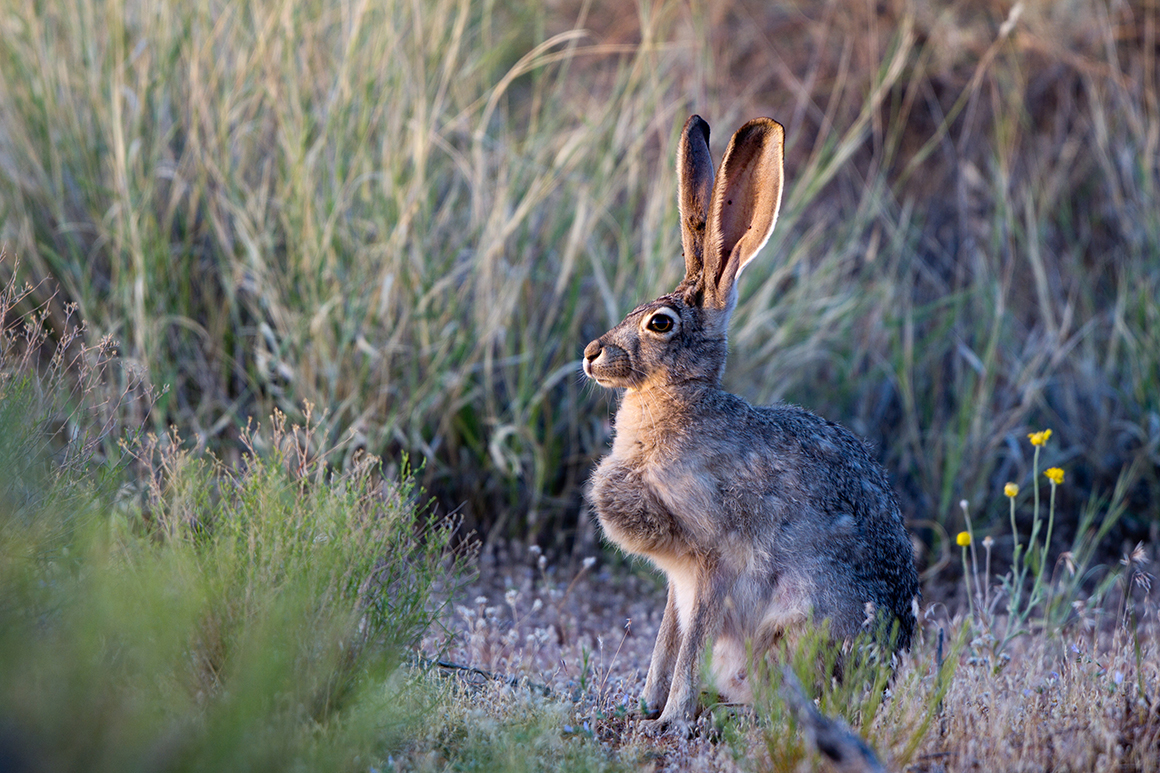
The 222 Remington, the Triple Deuce, often described as a scaled-down 30-’06, was the first rimless 22. For native peoples of the Far North, the 222 was an ideal cartridge for them for their hunting requirements, including big game like caribou, wolves, as well as seals (and sometimes polar bear). When it came into use, it replaced the Hornet that had been used for years on the ice. The 222 was developed from its own cartridge case, without using any previous one. When the military wanted a new cartridge, it took the 222 case and stretched it out for greater powder capacity. Today, the 223 Remington gives prairie-dog hunters an economical and flat-shooting round to reach out to the city limits of dog towns.
The last of the .224-bullet cartridges, is the 22-250 Remington. Here the “quarter-caliber” 250-3000 Savage was necked down for the jacketed 22, and for even more powder capacity. For coyote, foxes, and bobcats, along with large varmints like rock-chucks, jackrabbits, and even javelina in some parts of the Southwest, and feral hogs in many regions of the country, this is a hyper-velocity round that can stretch out beyond 400 yards with ease.
With the 22 Hornet, 223 Remington, and 22-250 Remington cartridges available from Browning, hunters and shooters have the selection they want for whatever their hopes and desires may be when it comes to animals not small and not big.
Follow Browning Ammunition’s social media channels for more hunting and shooting tips and updates on Browning Ammunition supported events and promotions on Facebook, You Tube, Instagram and Twitter.

